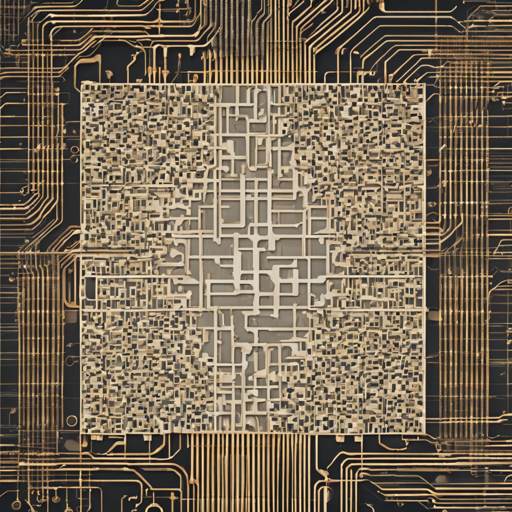Welcome to this guide on using ControlNet Tile SDXL! Whether you’re looking to deblur images, create variations like Midjourney, or upscale images to super-resolution, this tool has got you covered. Let’s take a creative dive into how to harness the power of ControlNet for your projects.
What is ControlNet Tile SDXL?
ControlNet Tile SDXL is an advanced method for manipulating images through various techniques, including deblurring, variation generation, and super-resolution. Think of it as having a magical toolbox where each tool is designed to enhance your images in a specific way.
Getting Started with ControlNet Tile SDXL
To use ControlNet Tile SDXL, you’ll need to follow a series of steps. Here’s a high-level overview of how to set it up:
- Install the necessary libraries, such as Diffusers, PIL, and OpenCV.
- Load your input images into the program.
- Utilize different techniques for visual enhancements.
Example Code: Image Deblurring
Let’s explore a sample code snippet to give you a clearer picture of how it works:
from diffusers import ControlNetModel, StableDiffusionXLControlNetPipeline
from PIL import Image
import cv2
import numpy as np
# Load image and resize
controlnet_img = cv2.imread("path/to/your/image.jpg")
height, width, _ = controlnet_img.shape
controlnet_img = cv2.resize(controlnet_img, (width, height))
# Apply Gaussian Blur
blurred_image = cv2.GaussianBlur(controlnet_img, (5, 5), sigmaX=1.0)
controlnet_img = Image.fromarray(blurred_image)
# Your processing pipeline continues here...
Analogy: A Chef in the Kitchen
Imagine you’re a chef preparing a gourmet meal. Just as you select different ingredients to enhance flavor, ControlNet empowers you to choose various techniques to enhance images. Each tool—be it for deblurring, generating variations, or upscaling—acts like spice, contributing to the final dish that is your polished image.
Steps for Image Variation Example
If you want to create variations of an image, follow these steps:
- Load your original image.
- Set up your prompt with detailed descriptions for the effect you’d like.
- Run the ControlNet pipeline with the provided parameters.
Super-resolution Techniques
For achieving super-resolution like realESRGAN, make sure to specify desired upscaling factors in your pipeline setup. Here’s a quick outline:
- Choose your original image.
- Define the aspect ratio and scale.
- Run the processing and save the high-resolution output.
Troubleshooting
If you encounter issues, consider these troubleshooting tips:
- Ensure that all library dependencies are properly installed.
- Check the image path and format. Incorrect paths can cause load errors.
- Keep the input image resolution consistent with the processing requirements.
For more insights, updates, or to collaborate on AI development projects, stay connected with fxis.ai.
Conclusion
With the ControlNet Tile SDXL, you have a powerful tool at your disposal for enhancing images in numerous ways. Remember the chef analogy: the quality of your final dish depends on the ingredients and techniques you choose. Don’t hesitate to experiment!
At fxis.ai, we believe that such advancements are crucial for the future of AI, as they enable more comprehensive and effective solutions. Our team is continually exploring new methodologies to push the envelope in artificial intelligence, ensuring that our clients benefit from the latest technological innovations.

